Among the relic sites of the Yen Tu-Vinh Nghiem-Con Son-Kiep Bac Monuments and Landscape Complex recently recognized by UNESCO as a World Cultural Heritage, Bac Ninh province has two relics: Vinh Nghiem Pagoda and Bo Da Pagoda.
These are two ancient temples with outstanding global values, unique in their own right, demonstrating the longevity of Truc Lam Buddhism - a Zen sect with a spirit of engagement, connecting religion with life and the cultural soul of the Vietnamese people. This is a great honor and pride for the government and people of Bac Ninh province, the result of efforts to preserve, protect and spread the cultural values of Truc Lam Buddhist space through many generations.
On the occasion of the Yen Tu-Vinh Nghiem-Con Son-Kiep Bac relic and scenic complex being recognized by UNESCO as a World Cultural Heritage, VNA introduces a series of 3 articles on the spread of the value of Truc Lam Buddhist space in Kinh Bac land.
Lesson 1: Vinh Nghiem Pagoda - the place where Buddhism is famous
Vinh Nghiem Pagoda (also known as Duc La Pagoda) is located in Tan An Ward, Bac Ninh Province. The pagoda is located in a beautiful landscape, in the right feng shui position "kneeling on mountain, feet on water." Considered the ancestral place of the Truc Lam Zen sect, Vinh Nghiem Pagoda has a special position in the history of Buddhism in the Tran Dynasty in particular and the history of Vietnamese Buddhism in general.
The 700-year-old temple - the origin of Truc Lam Buddhism
Vinh Nghiem Pagoda was built during the Ly Dynasty with the original name of Chuc Thanh Pagoda. During the Tran Dynasty, the pagoda was expanded, renovated and renamed Vinh Nghiem, meaning "forever solemn."
According to Venerable Thich Thanh Vinh, Deputy Abbot of Vinh Nghiem Pagoda, the pagoda was once the abbot and preacher of the three Truc Lam Tam To, Tran Nhan Tong, Phap Loa, Huyen Quang, and the place for training and defining titles for monks during the Tran Dynasty. Notably, in 1313, the Second Patriarch Phap Loa "regulated the titles of monks in the country. From then on, monks in the country had books and were all under the management of the Master." This can be seen as a milestone marking the birth of the first Truc Lam Dai Viet Buddhist Sangha organization system - a great step forward in the management and development of religion in the history of the nation.
For more than 7 centuries, this place has not only been the largest training center for monks of the Truc Lam Zen sect but also a place to preserve the spirit of independence, autonomy and close connection with national culture. After many restorations and embellishments, the pagoda still retains its majestic and ancient appearance, a living symbol of Vietnamese Buddhism.
With an area of about 2 hectares, the pagoda has a symmetrical, balanced and harmonious architecture, including 5 main complexes: Tam Quan, Tam Bao, Nha To De Nha Nha Nhat, Gac Bell and Nha To De Nha. From the Tam Quan gate, visitors enter the quiet space of Zen. The Tam Quan pagoda has three two-storey rooms, curved roofs covered with traditional fish-tail tiles, symbolizing the transformation from the secular world to the Zen world. Tam Bao is built of precious wood, the roof is overlapping, the ends of the roofs are curved like lotus petals, the interior is elaborately carved with dragons, clouds, and Buddhist motifs.
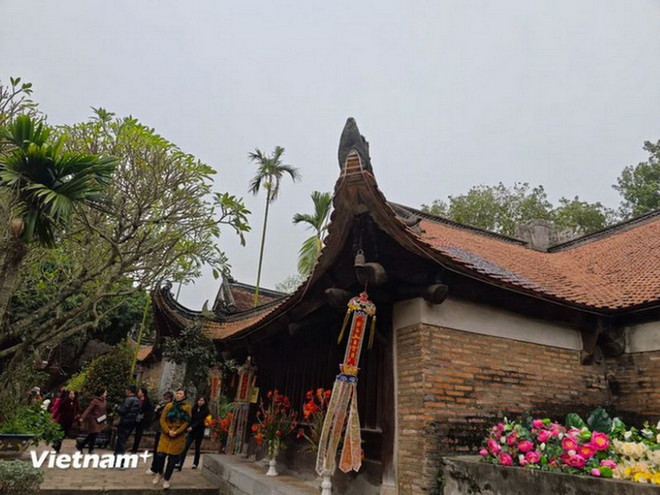
The bell tower located in the center of the temple yard has a two-story, eight-roofed architecture, with an ancient bell hanging on the wooden floor - each time it rings, it creates a solemn, sacred sound. The Ancestor House - the place to worship the Three Patriarchs of Truc Lam - is solemnly arranged, showing respect for the ancestors who founded Vietnamese Zen. With a unique architectural style, rich in the identity of Buddhism in the Tran Dynasty, bearing the imprint of national culture, Vinh Nghiem is considered a "great ancient temple", which is rarely comparable to any other place in the region.
Coming to Vinh Nghiem Pagoda, visitors can not only admire a Buddhist relic of special historical and cultural value but also immerse themselves in a peaceful and serene space.
Ms. Nguyen Nhu Ngoc Anh (a tourist from Hanoi ) shared: "Setting foot in the temple, I feel like I let go of all the chaos outside. The quiet, harmonious scenery, unique architecture, bearing the imprint of ancient Buddhism, makes my soul feel at ease. This is a destination for healing."
Not only attracting Buddhists, Vinh Nghiem Pagoda is also an ideal destination for international visitors to learn about Buddhism and traditional Vietnamese architecture. The combination of sacred religious space with cultural and historical depth makes this place increasingly attractive beyond borders.
Woodblock Archives - a unique documentary heritage of Truc Lam Buddhism
One of the special values that make up the reputation and position of Vinh Nghiem Pagoda is the Buddhist Sutra Woodblocks, considered a priceless "spiritual treasure" of Truc Lam Buddhism and Vietnamese national culture. The Woodblocks were recognized by UNESCO as a Documentary Heritage under the Asia-Pacific Memory of the World Program in 2012. This is the only original woodblock set of Truc Lam Buddhism that is still preserved at Vinh Nghiem Pagoda to spread the core ideology of Buddhism to hundreds of pagodas with millions of monks, nuns, and Buddhists of the past and present.
Venerable Thich Thanh Vinh, Deputy Abbot of Vinh Nghiem Pagoda, said that with 3,050 woodblocks still intact to this day, this is the only original archive of the Truc Lam Zen sect still preserved in Vietnam. These woodblocks are carved in Han-Nom characters on Thi wood, which is durable, resistant to warping and termites. The carving technique is very sophisticated with even, sharp, balanced strokes, demonstrating the high skills of ancient artisans.
Not only possessing the artistic value of sculpture and calligraphy, each woodblock is also an academic work, recording Buddhist scriptures, precepts, rituals, stories... fully reflecting the ideology and doctrine of Truc Lam Yen Tu Buddhism founded by King Tran Nhan Tong. Among them, there is "Thien Tong Ban Hanh" - a classic document of Truc Lam Buddhism that is currently preserved in the only copy at Vinh Nghiem Pagoda. The Nom script from the book "Thien Tong Ban Hanh" - a part of the woodblock at Vinh Nghiem Pagoda was taken by the Vietnamese Nom Preservation Foundation (USA) as a model for the Nom font on Unicode code (symbol NomNaTongLight.ttf) and installed on computers worldwide.
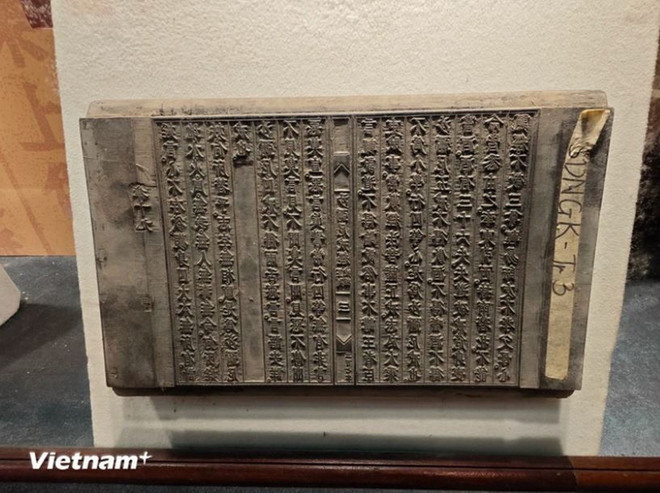
In addition, the pagoda also preserves a set of statues of the Three Patriarchs of Truc Lam carved from jackfruit wood in the 19th century - recognized as a National Treasure. Besides, there is a system of more than 100 ancient statues and 8 stone steles recording the formation and development process of Vinh Nghiem Buddhist Center, creating a sacred space rich in historical depth.
Every year, the Vinh Nghiem Pagoda festival is held on the 14th day of the second lunar month - also the anniversary of the founder's death. This is an occasion that attracts tens of thousands of monks, nuns, Buddhists and tourists from all over the world to come to worship, offer incense to commemorate the merits of the Three Ancestors, and participate in traditional Buddhist rituals such as praying for peace, chanting, releasing flower lanterns...
Vinh Nghiem Pagoda Festival was recognized as a National Intangible Cultural Heritage in 2013, becoming an important spiritual and cultural space of Kinh Bac region; contributing to preserving and spreading the unique values of Truc Lam Buddhism in contemporary life./.
Lesson 2: Bo Da Pagoda - a famous ancient temple in Kinh Bac region
Source: https://www.vietnamplus.vn/bai-1-chua-vinh-nghiem-chon-to-rang-danh-phat-giao-post1051926.vnp


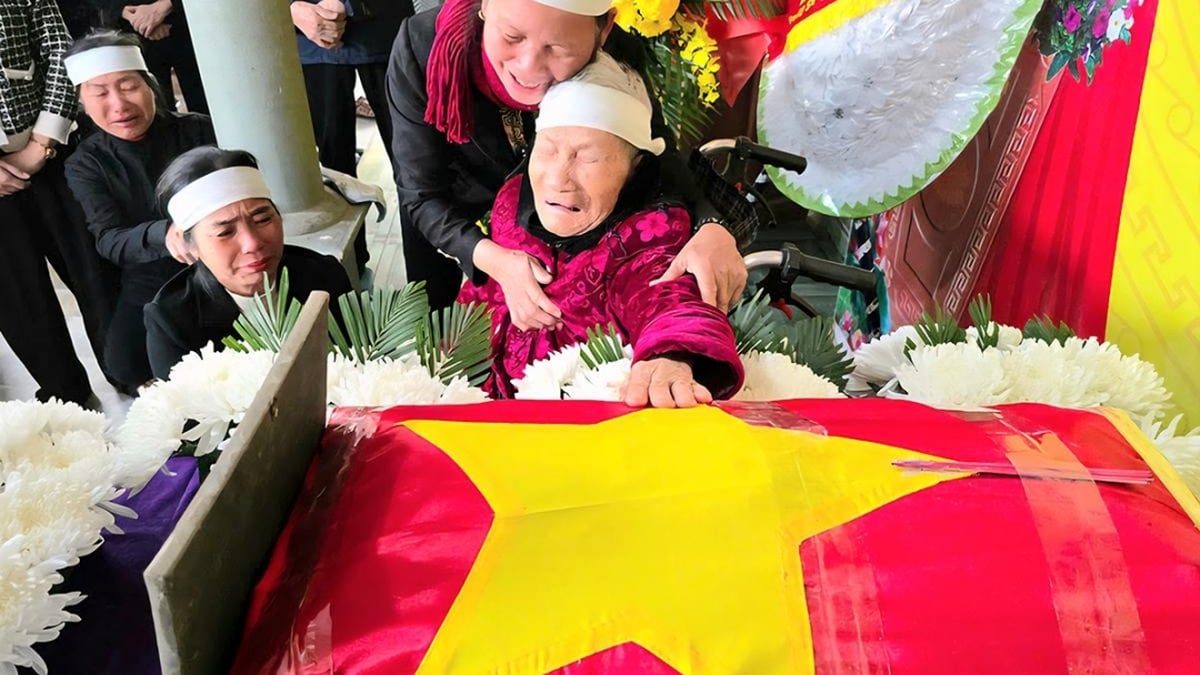
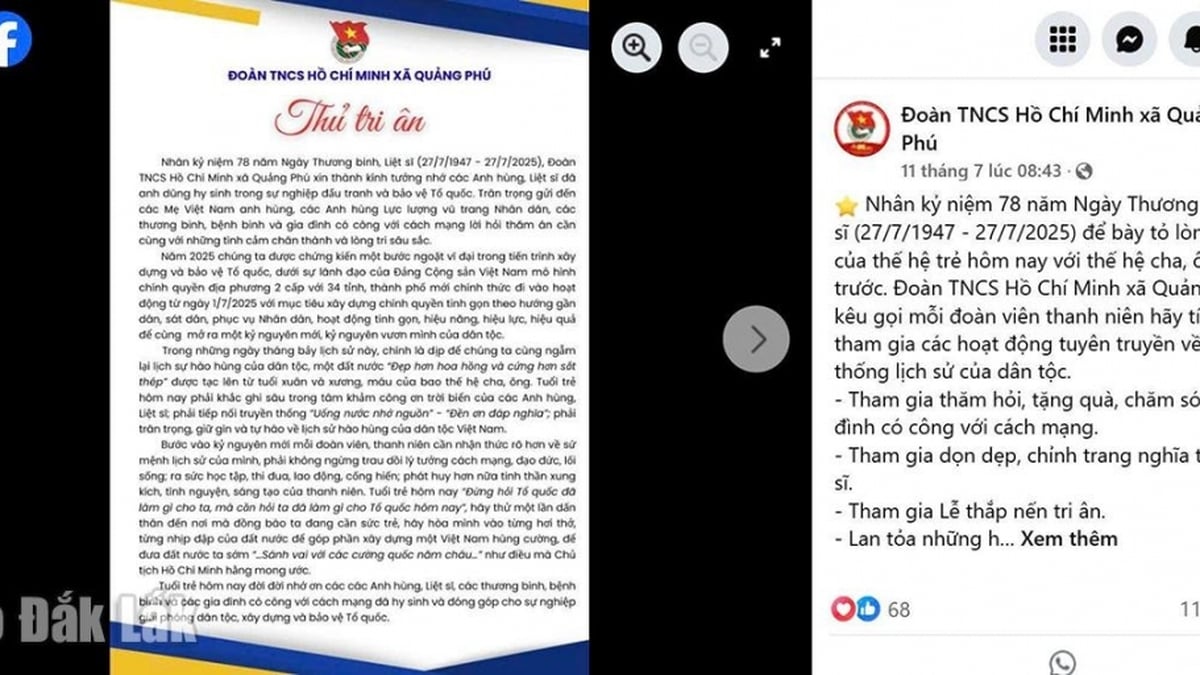

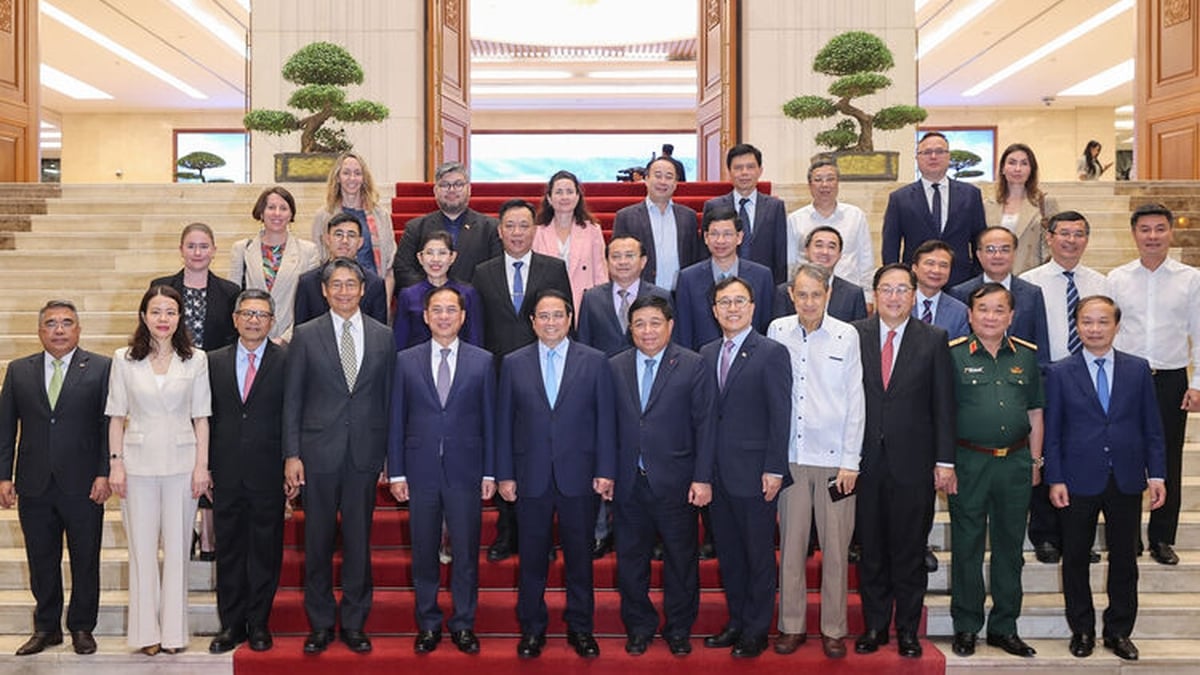
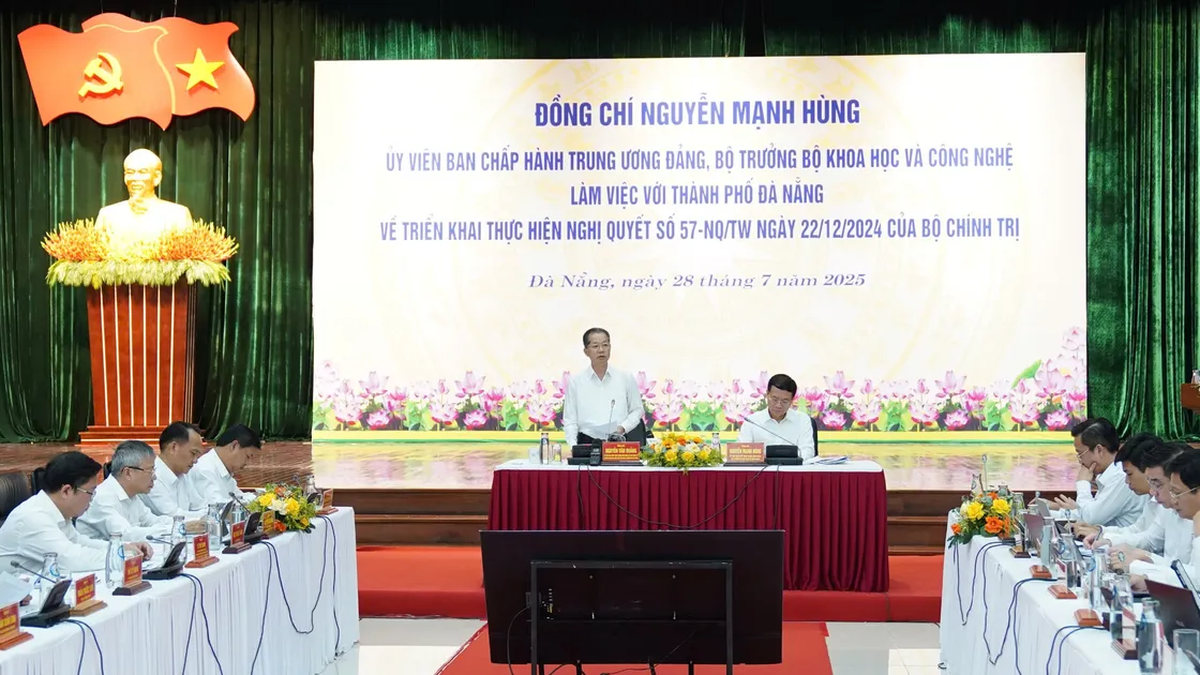
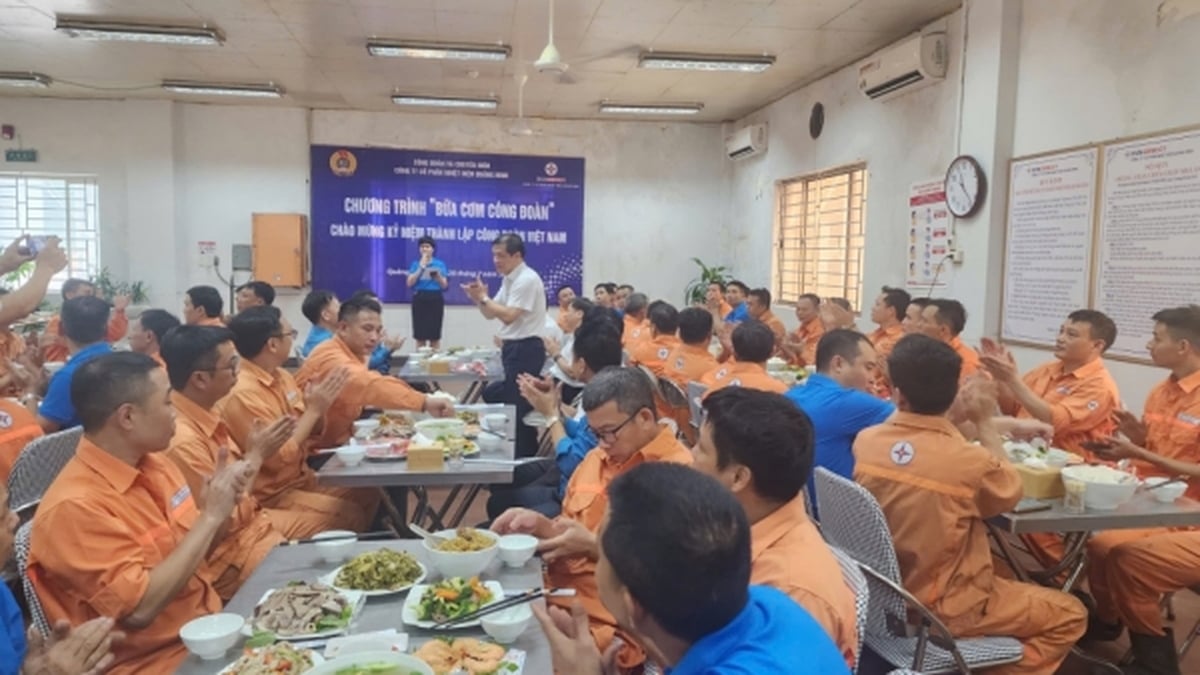
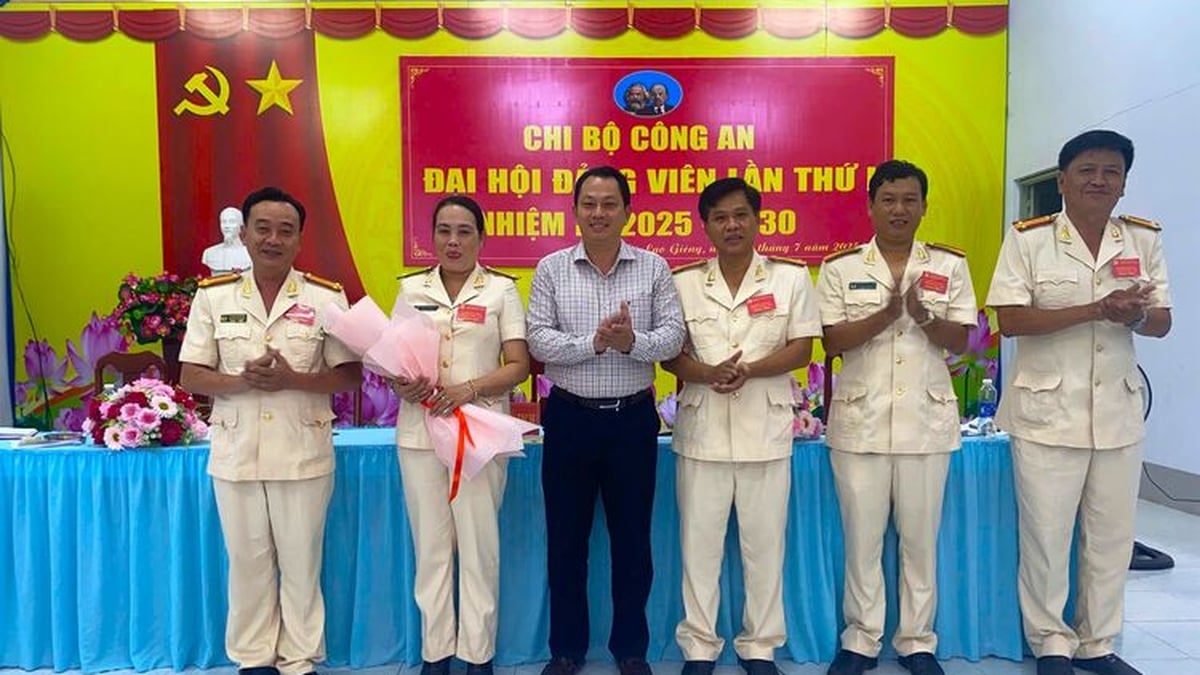
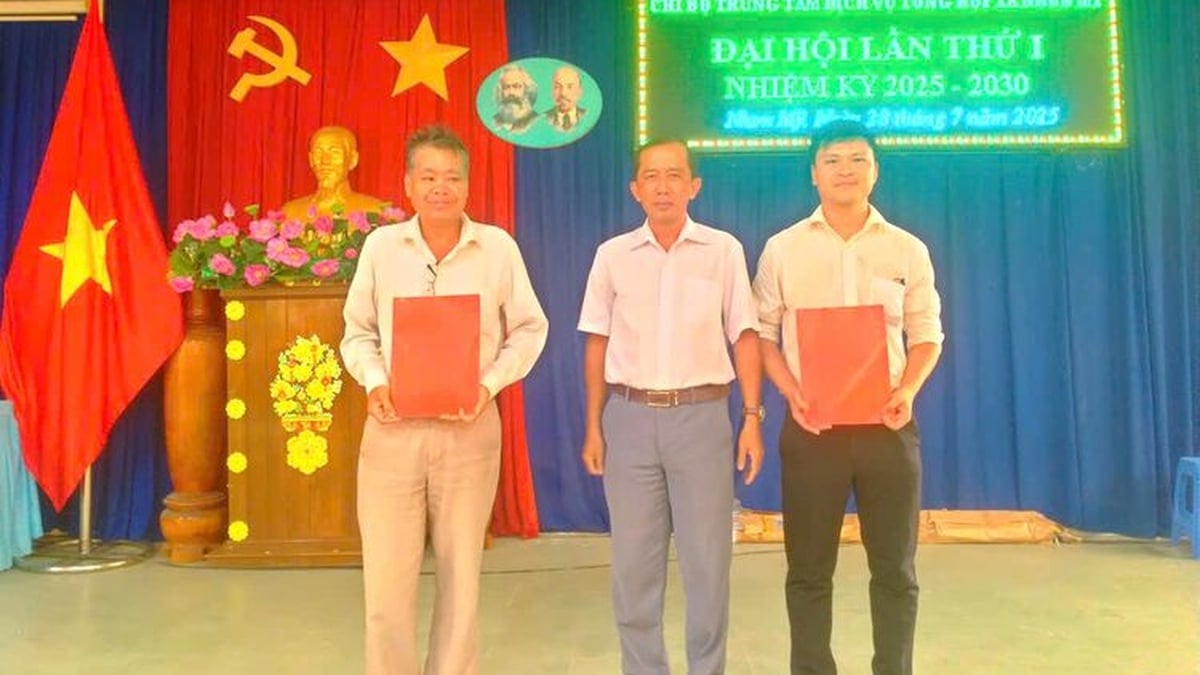
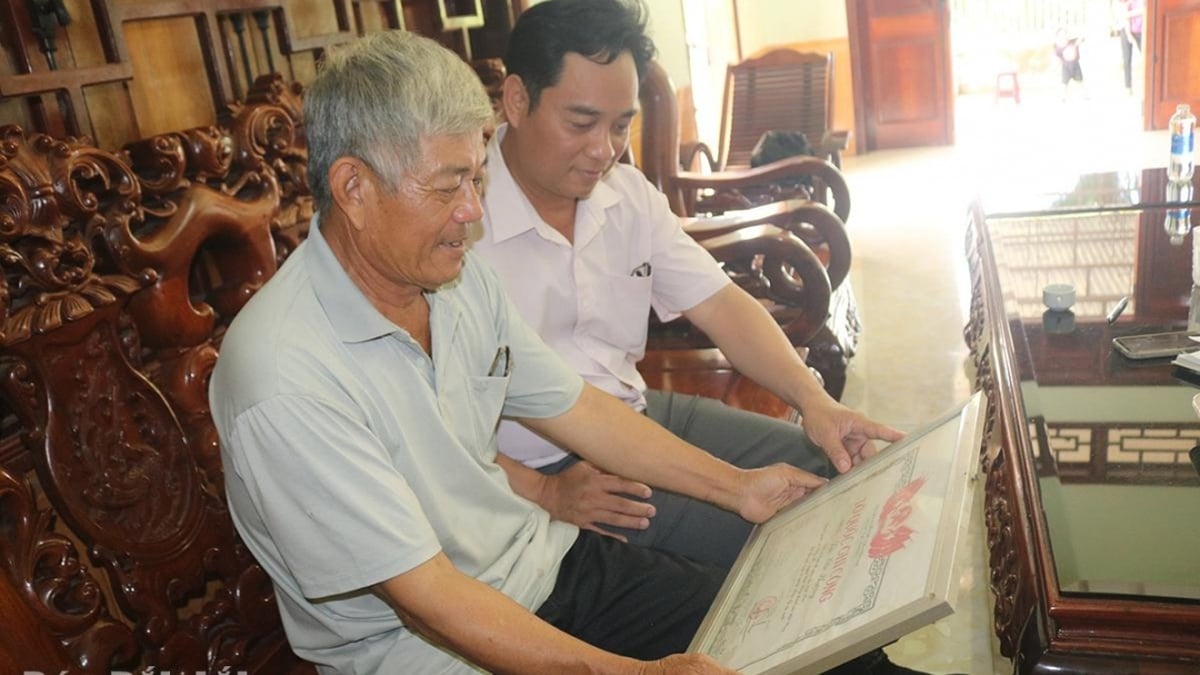













![[Photo] National Assembly Chairman attends the seminar "Building and operating an international financial center and recommendations for Vietnam"](https://vphoto.vietnam.vn/thumb/1200x675/vietnam/resource/IMAGE/2025/7/28/76393436936e457db31ec84433289f72)







































































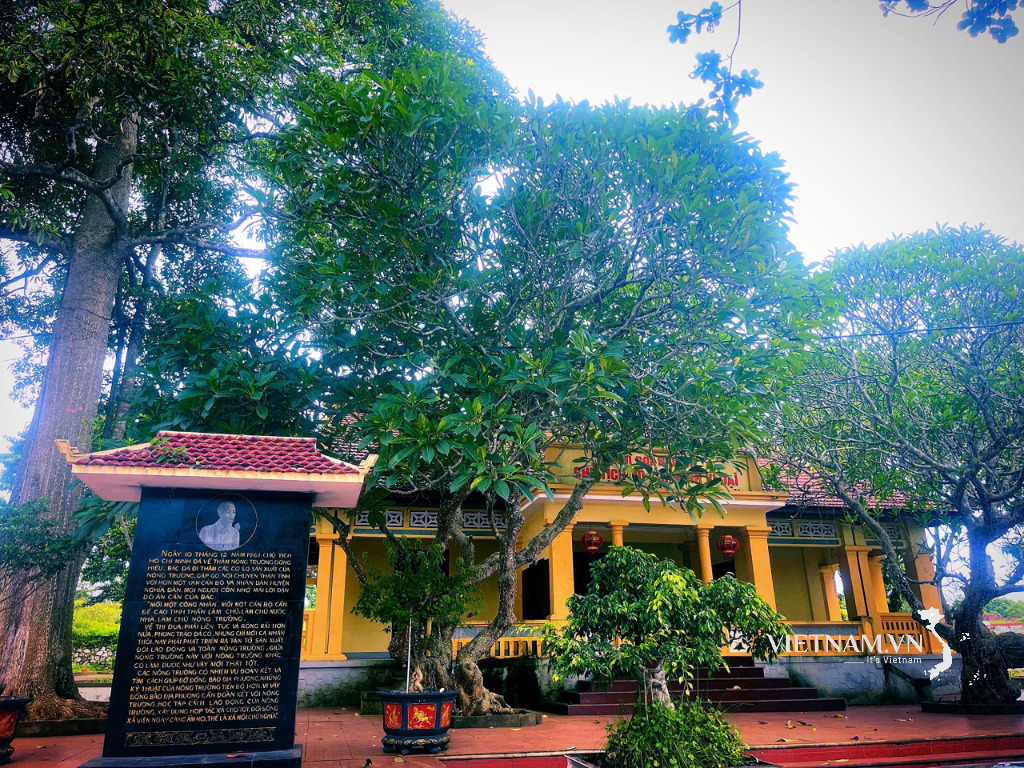

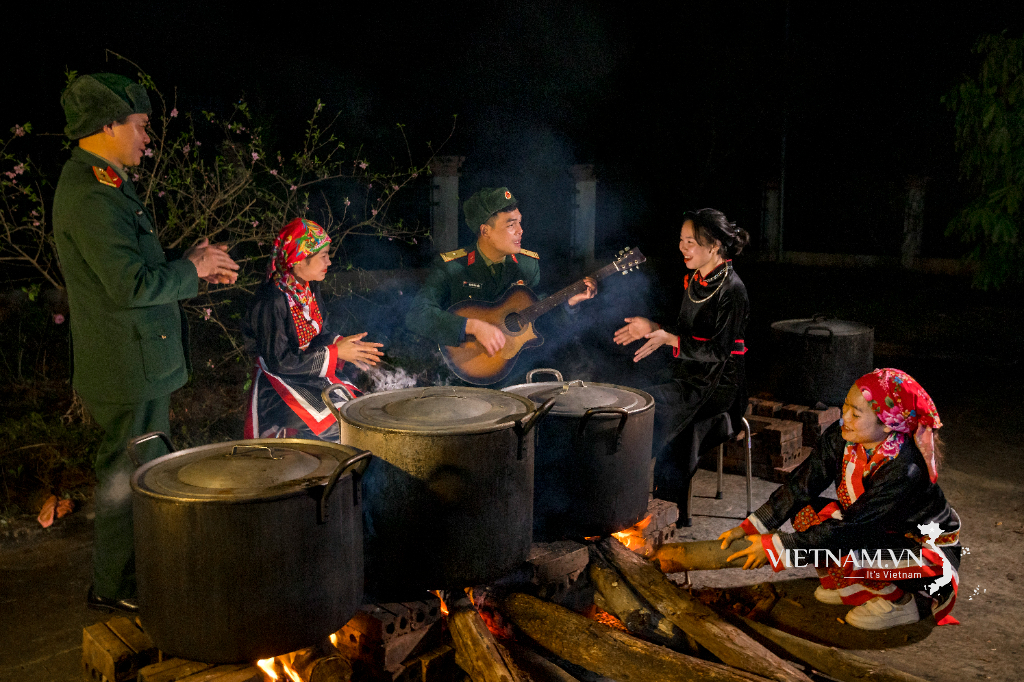

Comment (0)